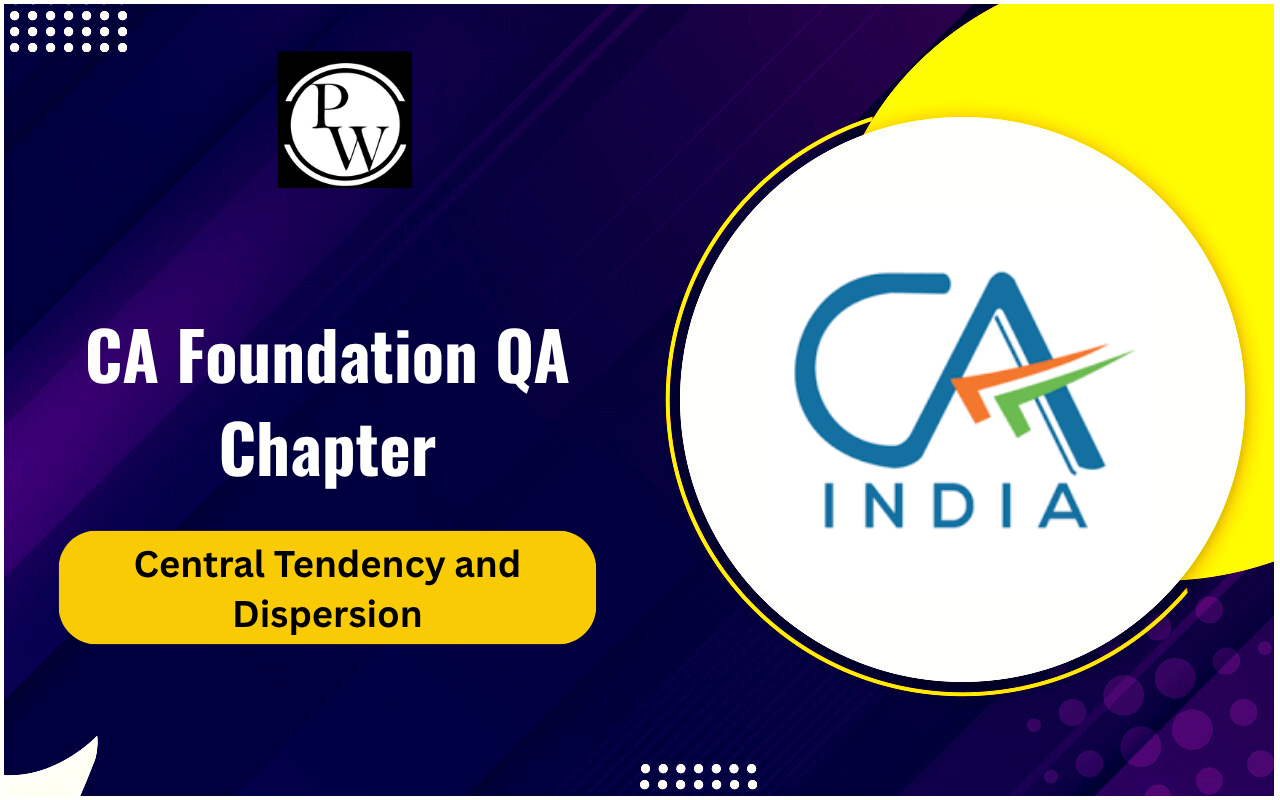
The Indian Partnership Act, 1932 forms a cornerstone of Indian business law, offering a structured framework for partnerships, a widely practiced business model in India. Whether you’re preparing for CA exams or aiming to understand the dynamics of partnerships, grasping this act is crucial. Designed to simplify partnership operations, ensure fairness, and address disputes, this legislation is relevant to aspiring Chartered Accountants (CAs).
The Indian Partnership Act 1932
The Indian Partnership Act, 1932, enacted on October 1, 1932, governs partnerships in India. It defines a partnership as a relationship between individuals who agree to share profits from a business conducted by all or any of them acting on behalf of others. The act applies to all Indian states except Jammu and Kashmir. Under this act, partnerships must operate under a legal framework, ensuring mutual rights and obligations are clear. This prevents conflicts and supports smooth functioning. Registration of partnerships isn’t mandatory under the act, but an unregistered firm cannot enforce legal claims, which makes registration highly recommended. A solid understanding of the Indian Partnership Act, 1932 is vital for CA aspirants, as questions related to partnership law often appear in exams and practical scenarios.Features of the Indian Partnership Act 1932
The Indian Partnership Act, 1932 has several distinctive features that define its purpose and scope:1. Mutual Agency
A partnership operates on the principle of mutual agency. Each partner is both an agent and principal, meaning they can bind the firm and be bound by the actions of other partners. This is crucial for CA students to analyze partnership operations.2. Profit Sharing
Sharing profits among partners is a fundamental aspect. However, sharing losses is not compulsory unless explicitly agreed upon in the partnership agreement.3. Number of Partners
The maximum number of partners permissible under the act is 50 for general business and 10 for banking businesses. Exceeding this limit makes the partnership invalid.4. Voluntary Registration
Although optional, registering a firm under the act has several advantages, such as legal recognition and enforceability of rights in court.5. Dissolution
The act provides clear guidelines for dissolving partnerships, including voluntary dissolution, dissolution by mutual consent, and dissolution under court orders.6. Liability of Partners
The liability of partners is unlimited, making them personally responsible for the firm's debts. CA aspirants should understand the implications of this on financial planning and risk assessment. These features underscore the importance of having a detailed agreement and maintaining transparency in partnerships.Also Check: Elements of Financial Statements
Importance of the Indian Partnership Act, 1932
The Indian Partnership Act, 1932 plays a pivotal role in streamlining the functioning of partnerships in India. The following is why it is important:1. Legal Clarity
The act provides a robust legal framework, ensuring all partners are aware of their rights, duties, and liabilities. This minimizes disputes and ensures smooth operations.2. Dispute Resolution
By clearly defining procedures for dispute resolution, the act helps resolve conflicts amicably, reducing litigation costs.3. Encouraging Partnerships
The flexibility and clarity offered by the act encourage entrepreneurs to form partnerships, boosting the economic landscape.4. Guidance for CA Professionals
The Indian Partnership Act, 1932 is a vital subject in CA preparation, offering practical insights into partnership management and legal compliance.5. Protecting Stakeholders
By regulating partnerships, the act safeguards the interests of stakeholders, including creditors, employees, and the partners themselves. The importance of this act extends beyond academics, aiding CA students in their professional journey.Important Provisions of the Indian Partnership Act
The Indian Partnership Act, 1932 contains several crucial provisions that define the functioning of partnerships.1. Registration of Firms
Although not mandatory, registration offers advantages like the ability to file suits against third parties. Without registration, firms face legal limitations, making it advisable for partners.2. Mutual Rights and Duties
The Act specifies rights (e.g., profit-sharing, management participation) and duties (e.g., maintaining transparency, acting in good faith).3. Dissolution of Partnership
Dissolution can occur due to:- Mutual agreement.
- Completion of a specific project.
- Insolvency or death of a partner.
4. Liability of Partners
Partners are jointly and severally liable, meaning creditors can claim dues from any partner individually or the firm collectively.5. Admission, Retirement, and Expulsion of Partners
The Act outlines conditions for admitting new partners or managing exits, ensuring transparency and legal compliance. These provisions make the Indian Partnership Act, 1932 a comprehensive legal guide for partnerships. To excel in CA exams, consider enrolling in PW CA Courses, designed to provide in-depth knowledge and strategic guidance. With expert mentorship, comprehensive study materials, and real-world insights, PW CA Courses ensure you are fully prepared to ace your exams.The Indian Partnership Act, 1932 FAQs
What is the Indian Partnership Act, 1932?
Is registration of a partnership mandatory under this act?
What is mutual agency in a partnership?
What is the maximum number of partners allowed in a firm?










